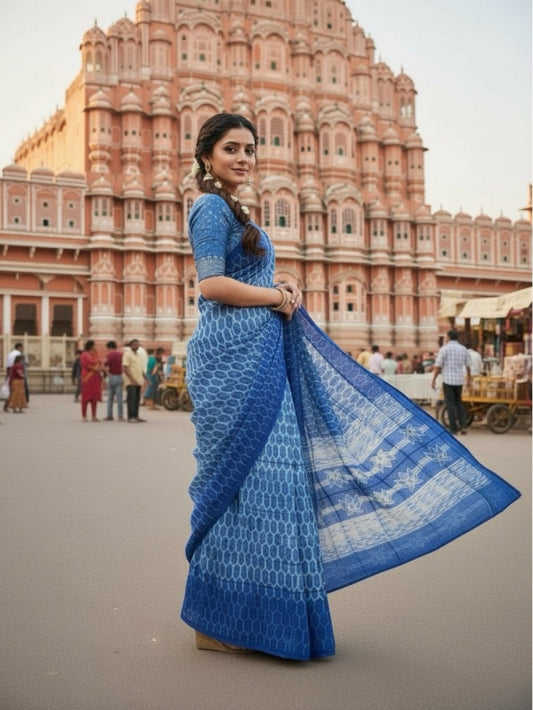Silk
Share
Silk was a privilege. Silk was discovered in ancient China; and the emperor did his best to keep the origin of the lustrous fiber a secret. But once it got out, silk was then responsible for one of the most historic trade networks in the history of civilization. The Silk Route was not a single road but a network of land and sea paths that connected Asia with the Mideast and Europe for some 1,700 years and traded not just silk but eventually every other valuable commodity you could imagine!
India and Japan were then the next two countries to start producing and trading silk. Since then, the coolest part is the innovation in types of silk that have been produced. India discovered Muga and Tussar Silk, both derived from wild silk moths which are variations of silkworm species. More recently discovered Eri silk also originates in India but is quickly gaining hype as the silkworm’s lives are preserved during production.
But the most popular silk remains Mulberry silk, from the bombyx mori silkworm that feeds on mulberry leaves, obviously! Mulberry silk is smooth with a radiant luster and dyeing only enhances its elegance. In all my research on silk fabric across the globe, I found that while the ability to use natural fibers from an animal for clothing has been an ingenious discovery, it is wise to remember that in the larger scheme of things, wearing silk is a privilege and celebration. Be sure to buy quality mulberry silk products like the ones we’ve curated for you here at the Attic. Check out some keepers below.




